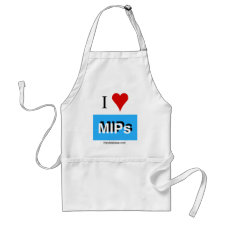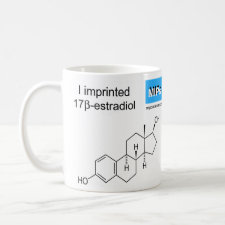
Authors: González A, Cerdà V
Article Title: Development of an automatic sequential injection analysis-lab on valve system exploiting molecularly imprinted polymers coupled with high performance liquid chromatography for the determination of estrogens in wastewater samples.
Publication date: 2020
Journal: Talanta
Volume: 209
Article Number: 120564.
DOI: 10.1016/j.talanta.2019.120564
Alternative URL: https://www.sciencedirect.com/science/article/pii/S003991401931197X
Abstract: In recent years, the discharge of estrogens into the environmental water bodies through the effluents of sewage treatment plants is an issue of increasing concern, since they can act as endocrine-disrupting compounds. For this reason, there is a need of developing selective, sensitive and environmentally friendly methodologies for their determination. In this work, we present an automatic procedure for the clean-up, preconcentration and quantification of the estrogens most used in contraceptives (estrone, E1; 17β-estradiol, E2; estriol, E3; and 17α-ethynylestradiol, EE2), which are also catalogued as Contaminants of Emergent Concern by the Environmental Protection Agency of the United States (US EPA). A sequential injection analysis-lab on valve system (SIA-LOV) using a molecularly imprinted polymer (MIP) as a sorbent has been developed to perform the selective microsolid phase extraction (μSPE) of the analytes in a fully automated way. Several parameters affecting the extraction have been optimized following multivariate approaches. Besides, the preconcentration system has been coupled to an HPLC for the estrogens quantification. Low limits of detection (LODs) and limits of quantification (LOQs) have been achieved; hence the studied estrogens can be quantified in a wide range of concentrations, i.e. 9.2-100 μg L-1 of E3, 8.7-100 μg L-1 of E2, 6.5-100 μg L-1 of EE2 and 7.9-100 μg L-1 of E1. Besides, satisfactory precision has been obtained, with relative standard deviations (RSDs) lower than 4.9% and 12.1% for intra and inter-day precision, respectively. Finally, the method has been successfully applied to real wastewater samples
Template and target information: estrogens, estrone, E1, 17β-estradiol, E2, estriol, E3, 17α-ethynylestradiol, EE2
Author keywords: estrogens, automation, Lab-on-valve, Microsolid phase extraction, liquid chromatography



Join the Society for Molecular Imprinting

New items RSS feed
Sign-up for e-mail updates:
Choose between receiving an occasional newsletter or more frequent e-mail alerts.
Click here to go to the sign-up page.
Is your name elemental or peptidic? Enter your name and find out by clicking either of the buttons below!
Other products you may like:
 MIPdatabase
MIPdatabase









